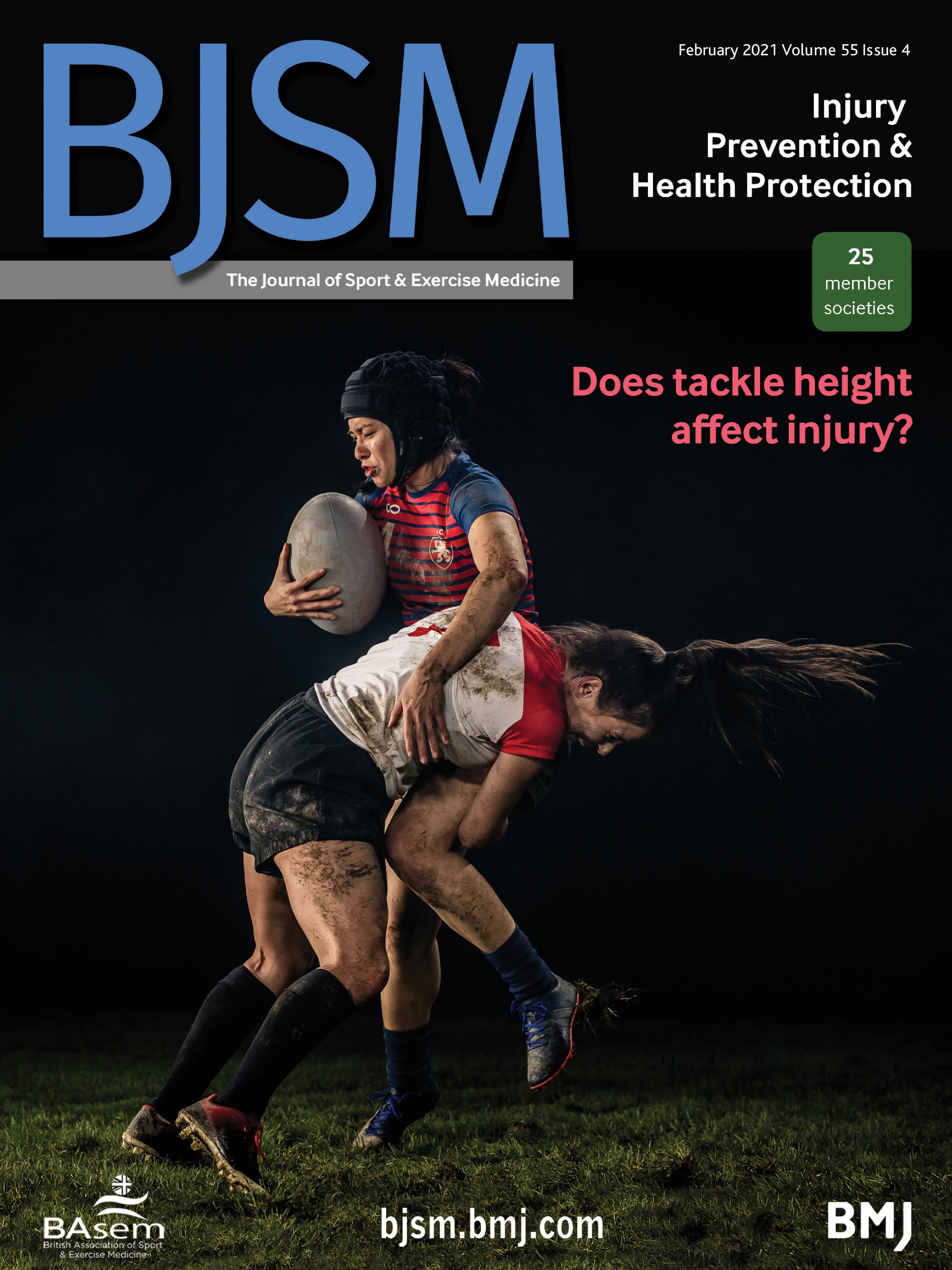101
Female and male US Olympic athletes live 5 years longer than their general population counterparts: a study of 8124 former US Olympians
bjsm.bmj.comObjective To quantify US female and male Olympic athletes’ longevity and the years of life lost or saved due to multiple causes of death as compared with the US general population.
Methods Former US athletes who had participated in the summer or winter Olympic Games at least once between 1912 and 2012 were included. Olympians’ date of birth, death and the underlying causes of death were certified by the National Death Index. The Olympians’ overall and cause-specific mortality were compared with the US general population based on the US life tables, adjusted by sex, period and age. Mortality differences between the populations were quantified using the years lost/years saved (YS) method.
Results 8124 US Olympians (2301 women and 5823 men) lived 5.1 years longer (YS 95% CI 4.3 to 6.0) than the general population, based on 2309 deaths observed (225 women, 2084 men). Different causes of death contributed to longevity for Olympians as follows: 2.2 years were saved (1.9 to 2.5) from cardiovascular diseases (CVDs); cancer, 1.5 years (1.3 to 1.8); respiratory diseases (eg, influenza, pneumonia), 0.8 years (0.7 to 0.9); external causes (eg, accidents, homicides), 0.5 years (0.4 to 0.6); endocrine and metabolic diseases (eg, diabetes, hyperlipidaemia), 0.4 years (0.2 to 0.5) and digestive system diseases (eg, cirrhosis, hepatic failure), 0.3 years (0.2 to 0.4). Mortality rates due to nervous system disorders (eg, Alzheimer’s and Parkinsons’s diseases) and mental illness (eg, dementia, schizophrenia) were not different from the general population.
Conclusion US Olympians lived longer than the general population, an advantage mainly conferred by lower risks of CVD and cancer. Nervous system disorders and mental illness did not differ between US Olympians and the general population.


Examples? None of the things you’ve listed are inherently bad effects. It all depends on the magnitude, duration/timing, and probably a bunch of other factors, and any negative needs too be weighed against the benefits of consuming that food.
With my limited time, here are a few:
Magnitude and Timing of the Postprandial Inflammatory Response to a High-Fat Meal in Healthy Adults: A Systematic Review
The effect of high-protein diets on coronary blood flow
Higher ultra-processed food intake is associated with higher DNA damage in healthy adolescents
A single high-fat meal provokes pathological erythrocyte remodeling and increases myeloperoxidase levels: implications for acute coronary syndrome
There are countless other studies showing both positive and negative effects of food after consumption in both the short and long term.
Yes, there are healthy immune responses and damaging ones; healthy chemical release in the body, and damaging ones; good blood flow and harmful blood flow, etc.
Because diet is often not a one-and-done deal, most of the population is putting themselves in a chronic state of harm with every meal and snack.
For an athlete, they choose these foods only because they offer higher calories. Some can tolerate pure carbohydrates in the form of gels and liquids, but those can cause stomach upset. So, eating 20 pancakes drenched in syrup is a “perfect” meal for an ultra-distance runner, while it would be absolutely terrible for a non-athlete.
With food and diet, there is always nuance when it comes to risk/benefit. If athletes ate the way they do when they are training or actively competing as a regular thing, they’d live 10 years less! LOL
I get the impression that we’re in agreement but just arguing semantics here. Instead of categorizing food as either healthy or unhealthy, we should be asking what food to eat in order to achieve a given goal with your life circumstances. And not everyone has the same goal or life. Saying that something is healthy/unhealthy in absolute terms implies that it’s always/never a good idea to consume them, regardless of your situation.
There’s merit in using the terms “healthy” and “unhealthy” from a public health perspective when you’re giving broad nutrition advice that applies to the majority of people, but that’s not what’s happening here. We’re specifically talking about athletes.